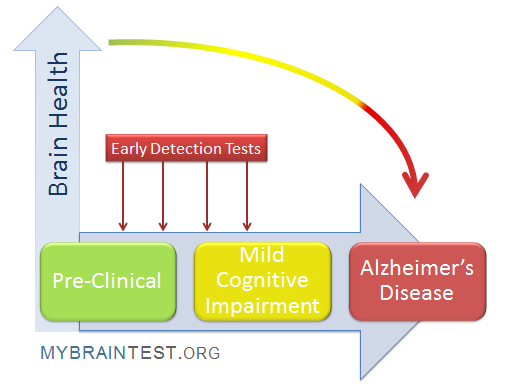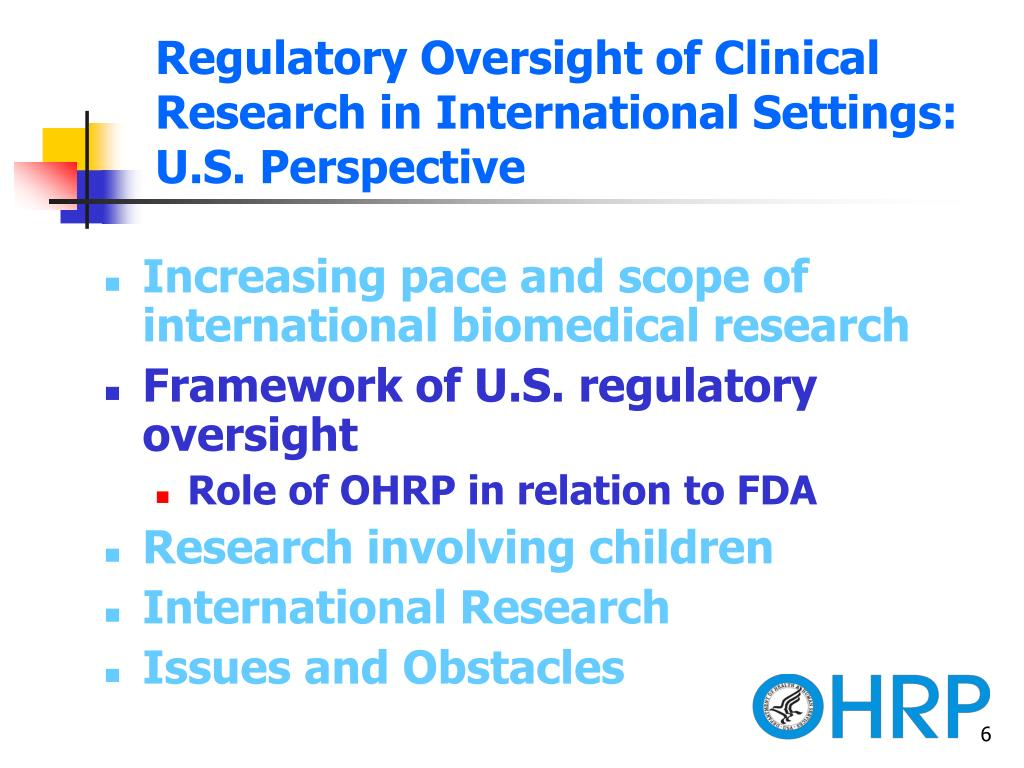
Alzheimer’s early detection is crucial in managing this debilitating disease effectively. Recent advancements in research highlight the use of olfactory dysfunction as a potential early warning sign for Alzheimer’s symptoms. A groundbreaking at-home cognitive impairment test has been developed, allowing individuals to assess their olfactory abilities by identifying and remembering various odors. This innovative approach not only empowers older adults to monitor their own brain health but also aims to identify those at risk of neurodegenerative diseases long before traditional symptoms manifest. By catching these indicators early, we may significantly improve intervention strategies and outcomes for those facing Alzheimer’s.
The proactive identification of Alzheimer’s and related cognitive decline is gaining traction in the medical community. Innovative methods such as home-based assessments and sensory testing are emerging as key players in this field. These techniques focus on various cognitive functions, including the sense of smell, which may reveal subtle changes indicative of memory-related disorders. Understanding these early warning signs can facilitate timely interventions, ultimately enhancing the quality of life for individuals at risk of developing neurodegenerative diseases. As researchers explore these avenues, the integration of simple screening tools could redefine how we approach brain health, shifting the narrative around early diagnosis.
Understanding Alzheimer’s Early Detection Through Olfactory Tests
Early detection of neurodegenerative diseases like Alzheimer’s is crucial for effective intervention and patient management. Recent studies highlight the potential of olfactory tests as a noninvasive method to identify individuals at risk. The ability to detect subtle changes in the sense of smell can serve as a vital indicator of cognitive impairment, allowing for early interventions. Researchers have found that people with Alzheimer’s symptoms often show a decline in their olfactory function long before more noticeable memory issues arise.
Olfactory dysfunction, identified through simple home tests, can provide valuable insights into an individual’s cognitive health. By utilizing at-home tests such as the Aromha Brain Health Test, individuals can easily assess their odor discrimination abilities. This method not only empowers patients but also helps researchers collect significant data on cognitive decline. The correlation between olfactory loss and Alzheimer’s symptoms emphasizes the need for ongoing research and the potential for scaling these home tests into broader clinical applications.
The Role of Odor Discrimination in Cognitive Impairment Tests
Cognitive impairment tests play an essential role in diagnosing and monitoring diseases like Alzheimer’s. These assessments, including odor discrimination exercises, are crucial for understanding how cognitive abilities change with age. Participants in studies have demonstrated that older adults with mild cognitive impairment often struggle with identifying and discriminating odors when compared to their cognitively normal peers. This decline in olfactory abilities not only appears early but can also serve as a reliable measurement in assessing overall cognitive function.
Incorporating odor assessment into cognitive impairment tests provides a unique perspective on brain health. As researchers explore the nuances of smell and cognition, they uncover the relationship between olfactory function and neurodegenerative diseases. Engaging in these tests allows for earlier identification of at-risk individuals, which can lead to preventative strategies and improved patient outcomes. Evaluating the effectiveness of these cognitive tests across diverse populations reinforces their importance in monitoring cognitive health.
At-Home Testing: A Revolutionary Approach to Alzheimer’s Risk Assessment
The development of home tests for Alzheimer’s detection marks a significant shift towards accessible healthcare solutions. Unlike traditional clinical evaluations, these tests allow individuals to assess their cognitive health in the comfort of their own home. The simplicity and efficacy of olfactory tests, such as the one developed by researchers at Mass General Brigham, make them a game-changer for early Alzheimer’s detection. Users can perform these tests without the need for extensive medical facilities, breaking barriers to early diagnosis and intervention.
Utilizing a home test not only empowers individuals to take charge of their cognitive health but also encourages a proactive approach to monitoring symptoms. As these tests can be adapted for different cultures and languages, they have the potential to reach a broader audience. The ability to identify Alzheimer’s early means that individuals can seek medical consultations and interventions sooner, potentially delaying the onset of more severe symptoms and enhancing the quality of life.
The Link Between Olfactory Dysfunction and Alzheimer’s Symptoms
Olfactory dysfunction has emerged as an intriguing early indicator of Alzheimer’s symptoms. Researchers are increasingly recognizing that the loss of smell correlates with cognitive impairment, particularly in older adults. The relationship between these two factors highlights the importance of including smell tests in the cognitive assessment arsenal. By identifying those with olfactory dysfunction, clinicians may be able to pinpoint individuals at a higher risk of developing neurodegenerative diseases, facilitating earlier interventions.
Assessing olfactory function as part of cognitive evaluations provides a multifaceted approach to understanding Alzheimer’s. In studies, participants exhibiting signs of cognitive decline often displayed reduced olfactory abilities long before the emergence of memory impairments. This realization endorses the notion that olfactory testing could serve as a predictive marker for Alzheimer’s and similar neurodegenerative conditions. Filling the gap in understanding how and why olfactory dysfunction occurs may lead to breakthroughs in both diagnosis and treatment.
Neurodegenerative Diseases: Expanding the Understanding through Cognitive Tests
The realm of neurodegenerative diseases extends beyond Alzheimer’s, encompassing conditions such as Parkinson’s and chronic traumatic encephalopathy. Understanding cognitive impairment through comprehensive testing is pivotal for diagnosing and managing these disorders. Recent research indicates that cognitive tests including olfactory assessments can aid in distinguishing between the various types of neurodegenerative diseases. By recognizing early symptoms across different conditions, healthcare professionals may provide tailored treatment plans that address the unique needs of their patients.
Integrating a broader understanding of neurodegenerative disease symptoms into cognitive tests can also enhance the precision of diagnoses. By monitoring changes in sensory functions, such as smell, alongside memory and learning capabilities, researchers can develop nuanced profiles that inform clinical decisions. This comprehensive evaluation not only benefits patients currently battling neurodegenerative diseases but also aids in advancing research into preventative measures and treatment modalities, ultimately improving outcomes for those affected.
The Future of Alzheimer’s Detection: Innovative Research and Practical Solutions
As research continues to evolve, the future of Alzheimer’s detection looks more promising than ever. The establishment of home testing kits and the ongoing exploration of olfactory dysfunction provide new avenues for early diagnosis. These innovations represent a significant leap forward in Alzheimer’s research, offering practical solutions that can be seamlessly integrated into daily life. Researchers are devoted to refining these tests to ensure they are both reliable and accessible, paving the way for preventive strategies in the fight against cognitive decline.
Looking ahead, the combination of technology and research will likely yield even more effective tools for Alzheimer’s detection. The potential to harness the capabilities of olfactory tests and other cognitive assessments can transform the landscape of neurodegenerative disease management. By continually advancing these methodologies, healthcare professionals will be better equipped to identify risks and provide timely interventions, ultimately aiming to reduce the prevalence and impact of Alzheimer’s disease in society.
Cultural and Linguistic Considerations in Cognitive Health Testing
One of the fascinating aspects of recent studies into Alzheimer’s risk is their applicability across diverse populations. Researchers have demonstrated that cognitive tests, including olfactory assessments, can yield effective results regardless of language or cultural background. This capability is critical as it ensures that individuals from all walks of life can participate in early detection efforts. The ability to conduct these tests in multiple languages not only broadens the reach of Alzheimer’s research but also inclusively addresses the cognitive health of various demographic groups.
By acknowledging cultural differences in sensory perception and response to cognitive tests, researchers can refine these assessments further. Tailoring home tests to fit the preferences of different communities ensures that more individuals engage with the testing process. Ultimately, enhancing cultural sensitivity in cognitive health projections leads to a more accurate understanding of Alzheimer’s symptoms and the varying risk factors associated with it, fostering a spectrum of solutions that cater to diverse populations.
The Importance of Awareness and Education in Alzheimer’s Risk Factors
Awareness and education play crucial roles in the early detection of Alzheimer’s disease. The more individuals know about the signs and symptoms, including olfactory dysfunction and cognitive impairment, the more likely they will seek out assessments. Educational campaigns that highlight the significance of these early warning signs can inspire proactive health behaviors among the older adult population. By empowering people with knowledge, we can facilitate earlier testing and diagnosis of Alzheimer’s, ultimately leading to better health outcomes.
Moreover, educational initiatives focusing on cognitive health can help dispel myths and misunderstandings surrounding cognitive impairment tests. As more people recognize the importance of maintaining brain health, they may be more inclined to participate in at-home testing. The integration of olfactory assessments into general health education can further normalize the discussion around Alzheimer’s detection, encouraging individuals to prioritize their cognitive well-being and seek further evaluations when necessary.
Advancements in Research: The Path Forward for Alzheimer’s Interventions
Advancements in Alzheimer’s research are paving the way for promising interventions aimed at combating cognitive decline. Recent studies spotlight the significant role of olfactory dysfunction as an early indicator of Alzheimer’s symptoms. By continuously refining diagnostic tests and exploring new research avenues, scientists can create interventions that address Alzheimer’s risk factors effectively. This focus not only aids in identifying individuals at risk but also sparks innovative treatment approaches that could potentially modify disease progression.
The collective push toward understanding neurodegenerative diseases offers invaluable insights into patient care and management. Engaging in research that highlights the importance of early detection through olfactory tests and cognitive impairment assessments firmly establishes a foundation for future breakthroughs. By staying at the forefront of research, clinicians and scientists alike contribute to advancing methods for managing Alzheimer’s disease, fostering a future where individuals can enjoy a healthier cognitive life.
Frequently Asked Questions
What is Alzheimer’s early detection and why is it important?
Alzheimer’s early detection involves identifying cognitive impairment before significant symptoms arise, which is crucial for planning and intervention. Early detection allows for timely treatments and lifestyle adjustments that may slow the progression of Alzheimer’s disease.
How can a cognitive impairment test help in the early detection of Alzheimer’s?
A cognitive impairment test can help in the early detection of Alzheimer’s by assessing an individual’s memory, reasoning, and other cognitive functions. Identifying subtle changes can indicate the risk of developing Alzheimer’s disease, enabling earlier intervention.
What role does olfactory dysfunction play in Alzheimer’s early detection?
Olfactory dysfunction, or the reduced ability to smell, may serve as an early warning sign of Alzheimer’s disease. Research indicates that individuals with cognitive impairment often score lower on olfactory tests, suggesting that smell tests could aid in Alzheimer’s early detection.
Are there home tests available for Alzheimer’s early detection?
Yes, there are home tests available for Alzheimer’s early detection, such as olfactory tests that assess smell discrimination and memory. These tests can be easily administered at home, providing accessible options for individuals concerned about cognitive decline.
What are common Alzheimer’s symptoms that may warrant early detection testing?
Common Alzheimer’s symptoms include memory loss, difficulty in planning or problem solving, confusion with time or place, and changes in mood or personality. If these symptoms are noted, early detection testing for Alzheimer’s, including cognitive impairment assessments, may be advisable.
How do neurodegenerative diseases relate to Alzheimer’s early detection?
Neurodegenerative diseases, such as Alzheimer’s, are characterized by progressive degeneration of the nervous system. Early detection of Alzheimer’s can potentially aid in recognizing and managing other neurodegenerative diseases, allowing for more comprehensive care and early interventions.
| Key Points |
|---|
| Researchers developed an at-home olfactory test for early detection of Alzheimer’s risk. |
| The test involves sniffing odor labels to assess smell identification and memory. |
| Older adults with cognitive impairment scored lower than cognitively normal adults. |
| The goal is to create a cost-effective, noninvasive test for earlier interventions. |
| Olfactory dysfunction may indicate early signs of neurodegenerative diseases. |
| The study received funding from the National Institutes of Health. |
| Future studies could include more extensive testing and longitudinal patient follow-up. |
Summary
Alzheimer’s early detection is crucial for improving outcomes for those at risk. The innovative olfactory test developed by researchers at Mass General Brigham shows promise for identifying cognitive impairment years before typical symptoms appear. By allowing individuals to assess their smell discrimination and memory at home, this non-invasive approach not only empowers older adults but also paves the way for timely intervention strategies that can alter the course of neurodegenerative diseases. As further research unfolds, these early detection methods may lead to significant advancements in Alzheimer’s disease treatment and overall brain health.






